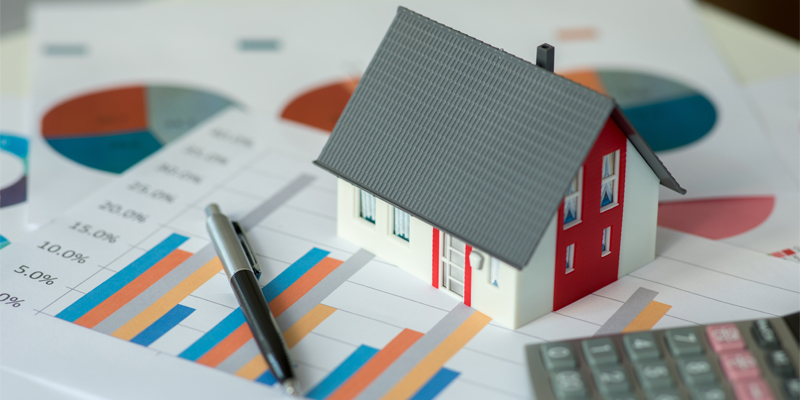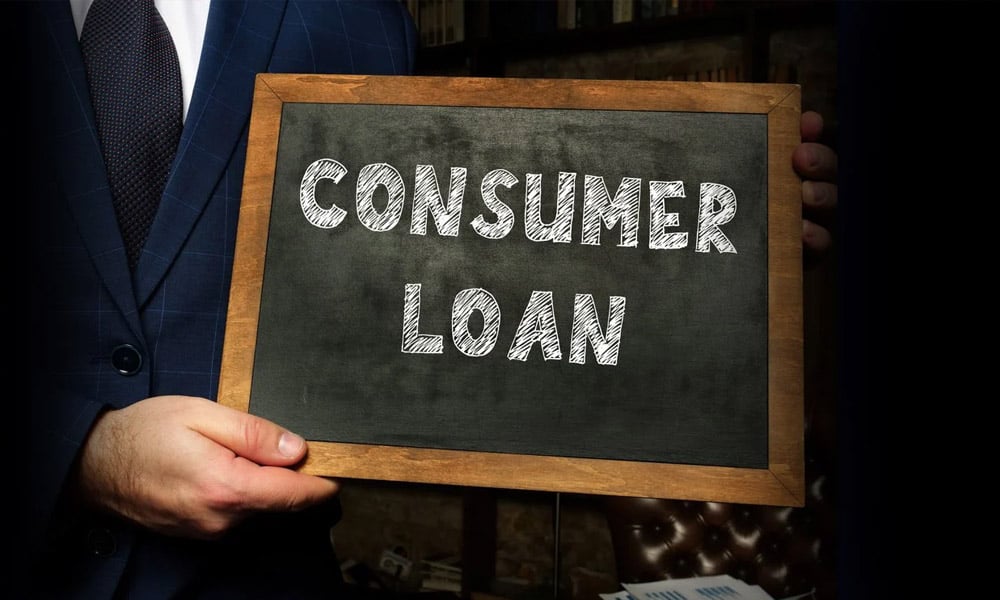Are you looking for access to money but don’t want to dip into your savings? Consumer loans may be the answer. With a consumer loan, you can borrow money from a lender for an important purchase or expense. But before you dive in, it’s important to understand the details of what a consumer loan is and the differences between securing and unsecured loans. In this article, we’ll discuss the two main types of consumer loans and how they work to help you make an informed decision.
What is a Consumer Loan?
A consumer loan is a type of loan made to an individual that can be used for personal, household, or business purposes. Common types of consumer loans include personal loans, mortgage loans, auto loans, student loans, and credit card accounts. Financial institutions such as banks, credit unions, and lenders offer a wide range of consumer loans with varying annual percentage rates (APRs) and repayment periods. Secured loans require collateral to secure the loan amount while unsecured loans are based solely on the borrower’s creditworthiness. Subsidized loans are also available from specific lenders and may have a lower interest rate or longer repayment period than other types of consumer loans.
The application process for a consumer loan includes an assessment of the borrower’s financial situation to determine their ability to repay the loan amount over the agreed-upon repayment period. There may also be an origination fee or prepayment penalty associated with the loan depending on its terms and conditions. Repayment periods typically range from several months up to several years with shorter repayment periods usually resulting in higher monthly payments but lower overall costs due to accumulated interest over time.
In conclusion, understanding what a consumer loan is can help you make informed decisions when it comes to borrowing money for important purchases or expenses. Be sure to weigh all options carefully – including payment plans offered by merchants – before signing any agreements so that you can select the best option for your needs and budget.
When it comes to financing purchases or expenses, consumer loans can provide you with the necessary funds – just be sure to do your due diligence and make an informed decision before signing any agreements. Now that you have a better understanding of consumer loans, let’s explore how to evaluate the best options for your needs!

Understanding Consumer Loans
Consumer loans are a great option for individuals looking to purchase something or cover unexpected expenses. Understanding the different types of consumer loans, their terms and conditions, and how they fit into your budget is an important part of making an informed decision when it comes to taking out a loan.
The most common type of consumer loan is a personal loan, which usually has a fixed interest rate and a repayment period. These loans can be used for virtually any purpose, such as debt consolidation, home improvement projects, medical bills, and more. Mortgage loans are also popular consumer loans that help borrowers purchase real estate property. Auto loans are typically used to finance the purchase of a car or other vehicle. Student loans can help cover tuition costs for higher education programs. Lastly, credit accounts provide access to funds through lines of credit with lower interest rates and flexible repayment options than other forms of consumer loan products.
When considering taking out a consumer loan, it’s important to evaluate all factors including the interest rate and repayment period against your budget so you can select the best option for your needs. With this knowledge in hand, you’ll be able to make an informed decision when it comes time to apply for a consumer loan!
Overall, consumer loans can be a great way to cover unexpected expenses or purchase something big. With the right research and understanding of the different products available, you can select the loan that best fits your needs. Now that you have an understanding of consumer loans, let’s explore the differences between secured and unsecured consumer loans!
Secured vs. Unsecured Consumer Loans
Financial institutions provide two types of loans: secured and unsecured. Secured loans involve putting up collateral as a guarantee for repayment, while unsecured loans are not backed by security. Both offer wide ranges of financing options, but the terms and conditions differ significantly between the two.
Secured consumer loans usually have lower annual percentage rates than unsecured loans due to the reduced risk type loan to the lender. These types of loans also typically have longer repayment periods and larger loan amounts available to borrowers. The application process for secured consumer loans is usually more extensive, as lenders will need to assess the value of any collateral provided.
Unsecured consumer loans, such as credit card accounts or personal loans from credit unions, generally have shorter repayment periods and smaller loan amounts available compared to those offered by secured products. Additionally, they will come with higher annual percentage rates due to the increased risk associated with this type of loan. However, these types of loans can often be easily obtained with minimal paperwork involved in the application process.
In conclusion, both secured and unsecured consumer loans offer a range of financing options for individuals looking to purchase something or cover unexpected expenses. It’s important to evaluate all factors including interest rates and repayment period against your budget so that you can select the best option for your needs before applying for an open-end loan.
1. Open-end loan
The open-end loan is an unsecured consumer loan that allows borrowers to use funds for any purpose. It works much like a credit card in the sense that, after making a minimum payment, the borrower can continue to use the available balance over and over again. The amount of credit available increases as payments are made on time, while late or missed payments can cause the lender to reduce the total credit limit. When it comes to repayment fees, open-end loans typically do not require a fixed monthly payment but may come with interest rates and annual fees attached. Open-end loans are great for household purposes and can help build your credit score over time when used responsibly.
2. Closed-end loan
A closed-end loan, commonly referred to as an installment loan, is a type of consumer loan used to purchase specific items. It requires the borrower to make periodical payments until the full amount is repaid. Closed-end loans are typically secured by collateral, such as a home or car so that if a borrower is unable to pay their installment amounts, the lender can seize the asset used as collateral. Closed-end loans can be used for a wide range of purposes and may come with lower interest rates than open-end loans. Additionally, they often have shorter repayment periods compared to other types of consumer loans. While applying for a closed-end loan requires the completion of an application process, borrowers must also consider annual percentage rates and repayment periods when researching which type of loan best suits their needs.

Conclusion
When deciding on the type of consumer loan that best suits your needs Se Finanza sin post om søk forbrukslån, it is important to consider a range of factors including the type of loan made, the amount you need to borrow, the length of time you will be borrowing for, and any potential repayment fees. It is also important to research lenders and their requirements, such as financial institutions, credit unions, or even credit card accounts. Secured loans typically come with lower interest rates than unsecured loans, but you must remember that this will involve placing some type of collateral on the loan. Lines of credit are also a viable option for someone who needs access to funds for household purposes or business purposes over an extended period. Ultimately, understanding all types of consumer loans available and researching which one best meets your needs will help you make an informed decision when choosing a loan.


